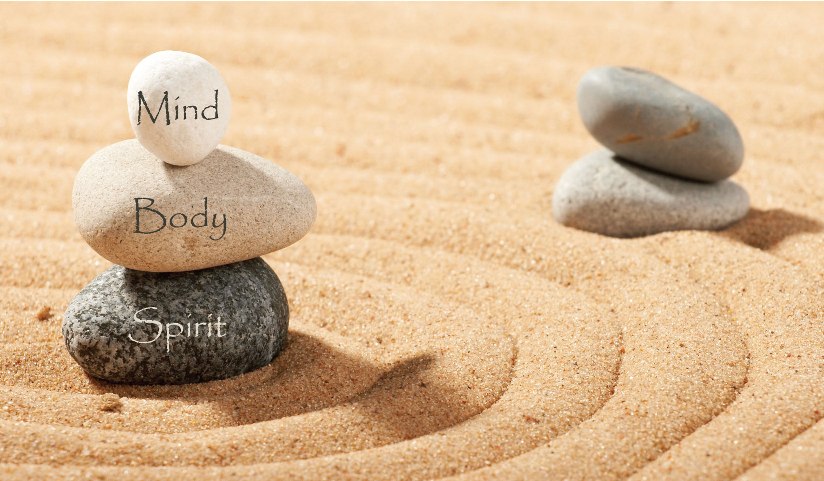13 Aug

Stay Connected – 








For centuries, the process of healing has been considered the responsibility of the medical profession. While to many, this has meant relying on doctors and medical professionals, this has not always been the case. Throughout time, people have relied on the intervention of other beings—the gods or God included—to help them become heal. They have drawn upon faith and hope to help achieve wellness. Yet, for many, the result does not stem from a supernatural being or force. Instead, their own mind is responsible for their recuperative effects. This is the result of the mind-body connection and the power of positive thinking.
What is Positive Thinking?
Positive thinking is the belief that an individual can achieve any goal through replacing negative thoughts and perceptions with positive ones. Through visualization and retraining the mind, the individual can focus on the goal he or she wishes to reach. The idea was first put forth popularly by the New Thought movement of the late 19th and early 20th century. However, it was not until the mid-20th century that Norman Vincent Peale (1898-1993) honed the approach. He took the phrase “The Power of Positive Thinking,” turning it into a household world in the United States.
Positive Thinking and Healing
In essence, this approach to healing believes that the entire process of improving your health is more than physical. It considers there to be a firm mind-body connection. According to Anne Harrington, the author of The Cure Within, two camps exist. There are doctors who believe there is a connection, but healing is done without supernatural intervention. There is also a group, mainly consisting of patients and potential patients, who believe that within everybody lies a divine spark/power that will help them cure themselves. These latter groups commonly challenge the basic precepts of conventional medicine.
In essence, positive thinking and mind-body healing believe in what Harrington refers to as “Better healing through right thinking.” In other words, if you work to alter your mind from being on a negative – in this instance “being sick,” path, you will see an improvement in your health. Research, as cited in diverse scholarly articles, seems to bear this out.
An August 2011 article in New Science by Jo Marchant titled “Heal Thyself” cites various scientific and scholarly articles to support this perception. Psychologist and psychiatrists may refer to it as “positive cognition” rather than positive thinking. Sometimes the term applied is optimism. In general, many psychologists and some medical professionals believe the type of mind-body relationship can influence the overall process of healing. They believe that when patients apply positive thinking or PT to the health problem they stand an increased chance of becoming better.
There are those who disagree with this notion. Research in certain areas is inconclusive. More needs to be done to ascertain the impact of PT upon the mind-body healing process. Moreover, studies need to indicate whether the difference is measurable and actually effective as well as what factors influence a success rate.
The mind-body relationship is one that cannot be denied. We have not yet fathomed its extent. Can having positive thoughts heal you faster than being sunk in negativity? Is there some truth in the belief that the positive thinking can heal where traditional medicine may fail? Research may clarify any questions in the future. Yet, for many, the mind’s ability to heal the body depends on the power of positive thinking and faith.







